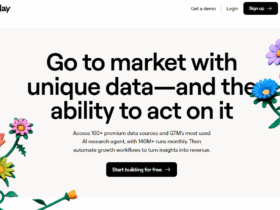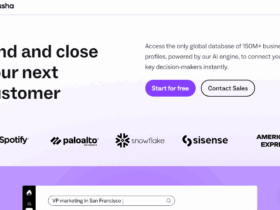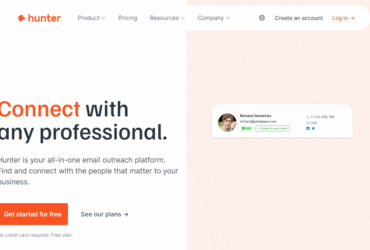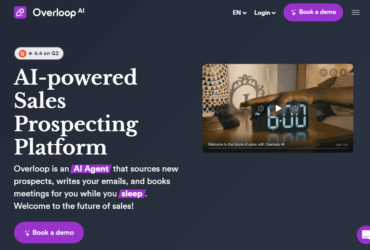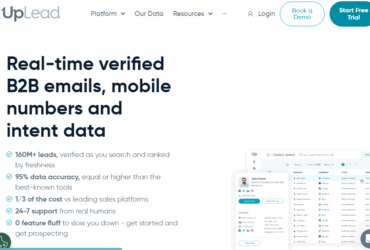Hey bestie, so you’ve either outgrown Kolsquare or it’s just not giving anymore, huh? Been there. Maybe you’re looking for something sleeker, more intuitive, or just a lil’ less meh. Whatever the reason, I gotchu.
I’ve been hopping around influencer marketing platforms like it’s dating season on Love Island, and lemme tell you, there are some spicy alternatives out there. Whether you’re vibing with automation, digging into micro-creators, or trying to get that ROI looking sexy, this list is your new BFF.
Let’s break down some of the big names and how they stacked up against Kolsquare, from features to pricing and everything in between.
1. Mavrck

My Take:
Mavrck is like that kid in high school who was good at everything. Influencer management, ambassador programs, loyalty rewards—it does it all and still has time to drop content at 8 a.m. sharp.
What I Loved:
-
The platform handles micro to macro influencers, which is perf for scaling.
-
Super detailed audience data—you’ll know more about your influencer’s followers than they do.
-
I loved the automated workflows—no more juggling spreadsheets like it’s 2010.
What Bugged Me:
-
Lowkey clunky UI. It’s like, bro, we’re in 2025, let’s act like it.
-
Takes a minute to fully onboard and get campaigns running smoothly.
Pricing:
Definitely not cheap. It’s more of an enterprise-level bae. Bring that bag.
Best For:
Large brands or teams managing big influencer programs, especially with layered campaign types.
2. The Influencer Room
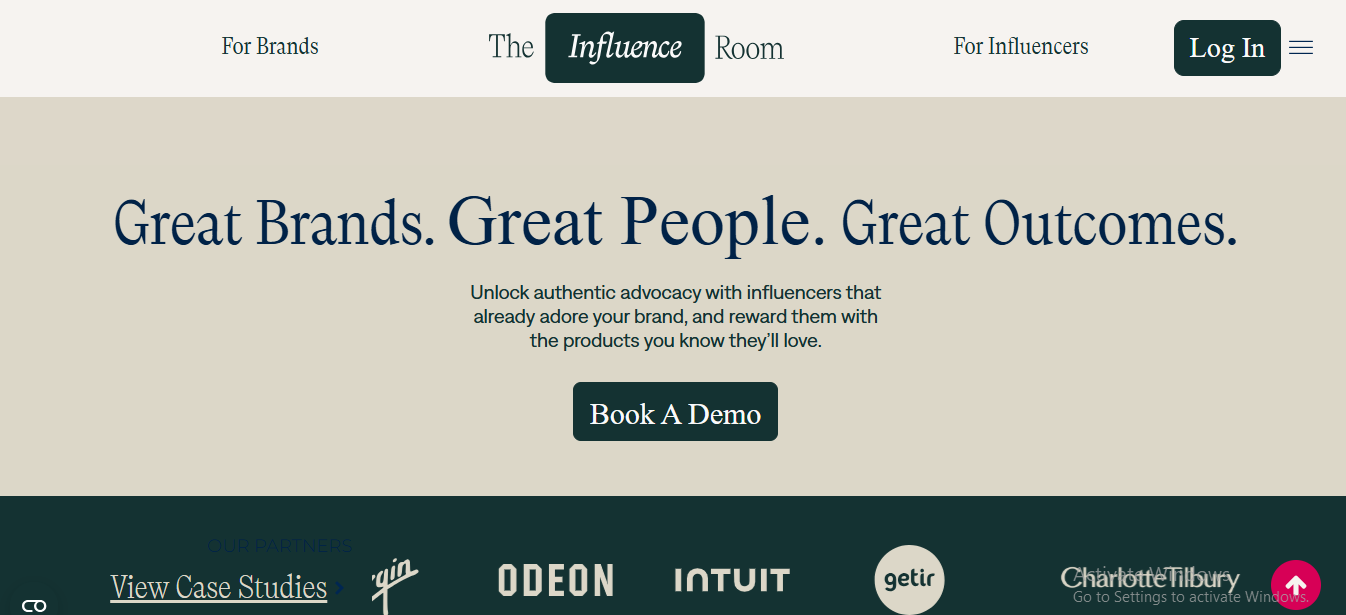
My Take:
Okay, this one felt more like sliding into a cool Soho House collab lounge than a SaaS platform. It’s all about real connections—literally. Influencers and brands both have to opt-in and agree to work together.
What I Loved:
-
Mutual matchmaking—no spammy outreach or fake collabs.
-
Super community-driven, which honestly felt refreshing.
-
Excellent if you’re trying to build a long-term creator fam, not one-offs.
What Bugged Me:
-
Limited database. Not ideal if you’re tryna go viral with 10k creators.
-
Not the best fit for complex, high-volume campaigns.
Pricing:
Mid-range. More affordable than the big guns, but you’re paying for curated vibes.
Best For:
Lifestyle, fashion, beauty, and anyone who wants authentic creator relationships over metrics madness.
3. Grin
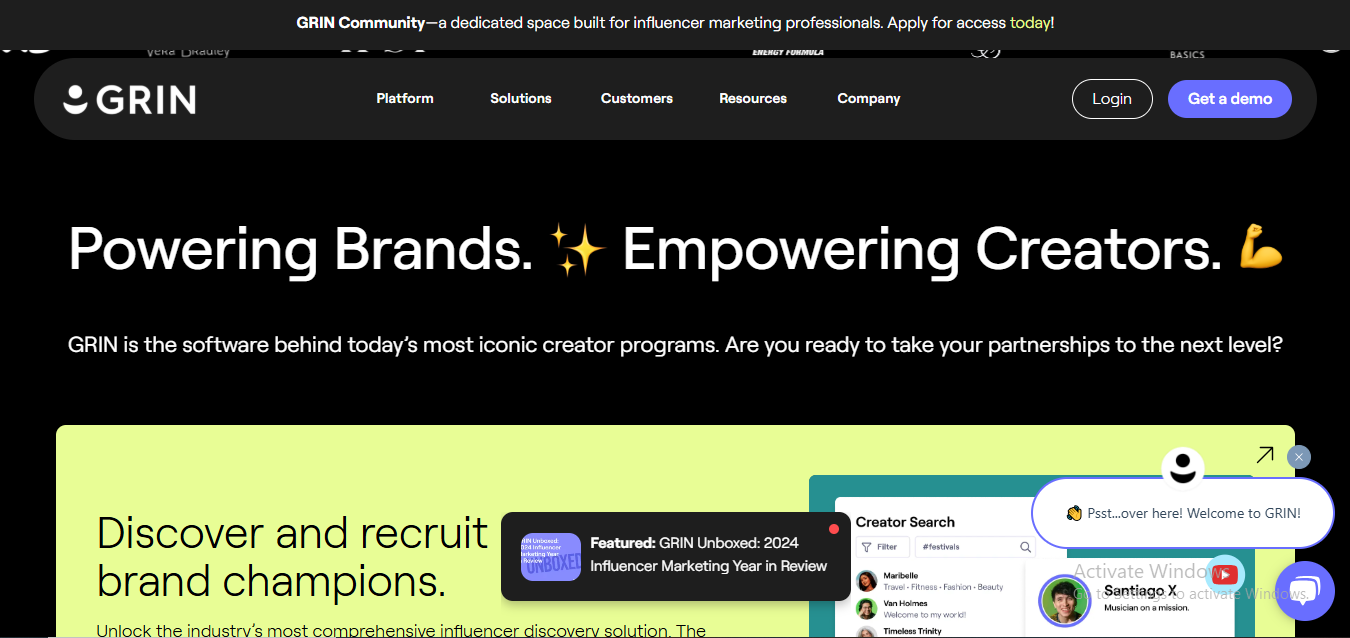
My Take:
Grin is like your Type-A friend who’s got color-coded folders and a 12-month content calendar. It’s a heavy-duty platform made to give in-house influencer teams everything they need to go full beast mode.
What I Loved:
-
Killer eCommerce integration—Shopify, WooCommerce, you name it.
-
Handles end-to-end influencer campaigns, including content usage rights.
-
I was obsessed with how deep the influencer profiles go.
What Bugged Me:
-
Not very intuitive if you’re new to influencer marketing.
-
Some tools felt bloated—like, do I really need all these tabs, Grin?
Pricing:
High-tier. You’ll need that marketing budget glow-up for this one.
Best For:
Brands with strong eCom presence who want control, depth, and direct management of creators.
4. Influencity
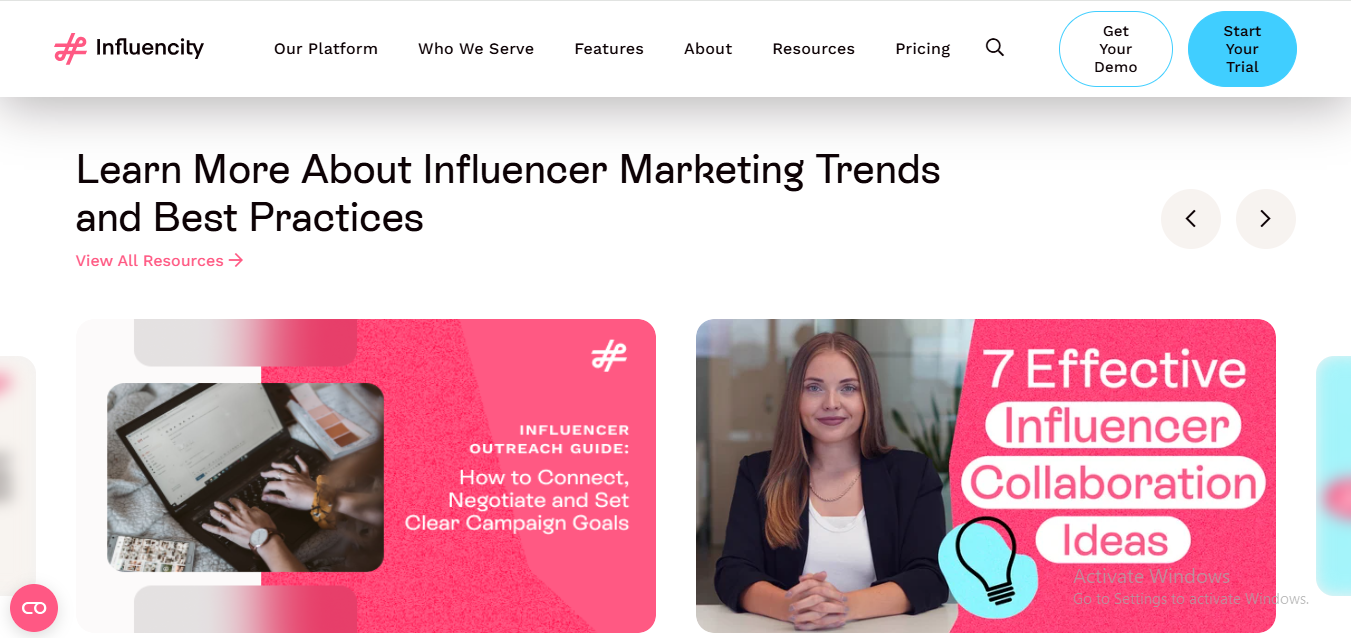
My Take:
Influencity is the one that flew under the radar but really came through. It gives Kolsquare vibes but with better flexibility and cleaner UX. It’s got range—like Zendaya on the red carpet.
What I Loved:
-
Database of over 170M influencers (yup, that’s an M).
-
Powerful search filters and audience metrics.
-
Honestly, one of the easiest platforms to use out of the bunch.
What Bugged Me:
-
Limited campaign management tools—it’s more discovery-focused.
-
Lacks strong integrations with eCom platforms.
Pricing:
Starts cheap and scales. You can test it out without going broke. Big win.
Best For:
Solo marketers or small teams looking for an affordable, effective influencer discovery tool.
5. Hashtag Paid (Hashtag Paid)

My Take:
Hashtag Paid is the cool, modern alternative to Kolsquare that actually feels like it was made in 2025. It connects you with creators who match your brand vibe and gets straight to the content magic.
What I Loved:
-
“Handraise” campaigns where creators apply to work with you.
-
Integrated chat and briefs make it feel like a content studio + CRM had a baby.
-
So many lifestyle influencers—it’s influencer heaven if you’re in beauty or fashion.
What Bugged Me:
-
Niche brands might feel limited if your audience isn’t super visual.
-
Not the best platform for analytics nerds—it’s more creative than metric-heavy.
Pricing:
Flexible, mid-tier pricing. Definitely delivers bang for your buck.
Best For:
DTC brands, visual-driven products, and marketers who want fast, creative-first collabs.
6. Lolly

My Take:
Okay, full disclosure: Lolly is still finding its footing, but it’s got strong TikTok energy and I’m here for it. It’s all about short-form content and Gen Z vibes, so don’t expect LinkedIn professionalism here. And that’s a good thing.
What I Loved:
-
Short-form, TikTok/IG Reels focus—great for Gen Z targeting.
-
Trend-first campaign tools, perfect for jumping on viral moments.
-
Easy for creators to join and quick turnaround on content.
What Bugged Me:
-
Still growing—smaller influencer pool.
-
Campaign management features aren’t as robust as some of the big boys.
Pricing:
Affordable and startup-friendly. A good place to test before you scale.
Best For:
Brands looking to ride the TikTok wave or go viral with fast content collabs.
7. The Cirqle
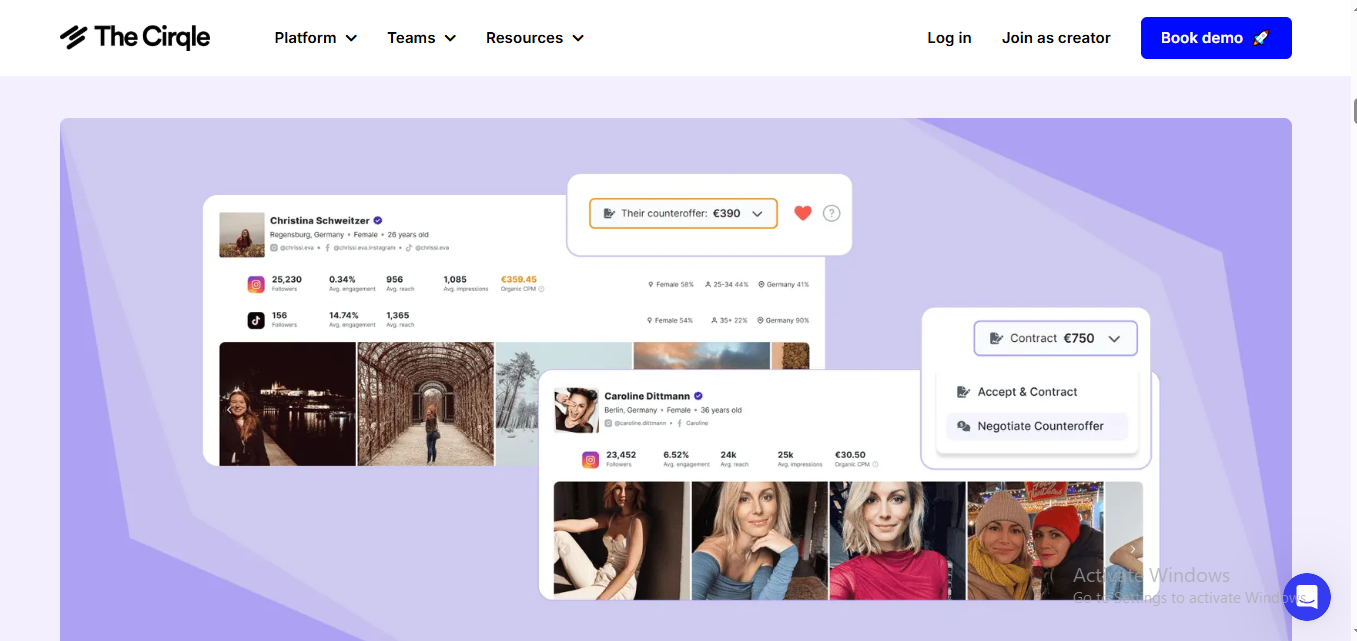
My Take:
The Cirqle feels like the iPhone of influencer platforms—sleek, polished, but you gotta know what you’re doing to get the most out of it. It’s a data powerhouse with serious clout if you’re trying to go global.
What I Loved:
-
Real-time content tracking and ROI data? Yes please.
-
Great for enterprise-level campaigns with a global reach.
-
Location-based targeting is a total game-changer if you’re doing multi-market launches.
What Bugged Me:
-
Not super beginner-friendly. You need a bit of a learning curve to really fly.
-
Price tag is def in the “don’t ask, just cry later” category.
Pricing:
Enterprise-level pricing, so… if you have to ask, it might not be for you. 🤑
Best For:
Big brands with global influencer strategies, especially fashion, travel, or retail.
8. Popular Pays
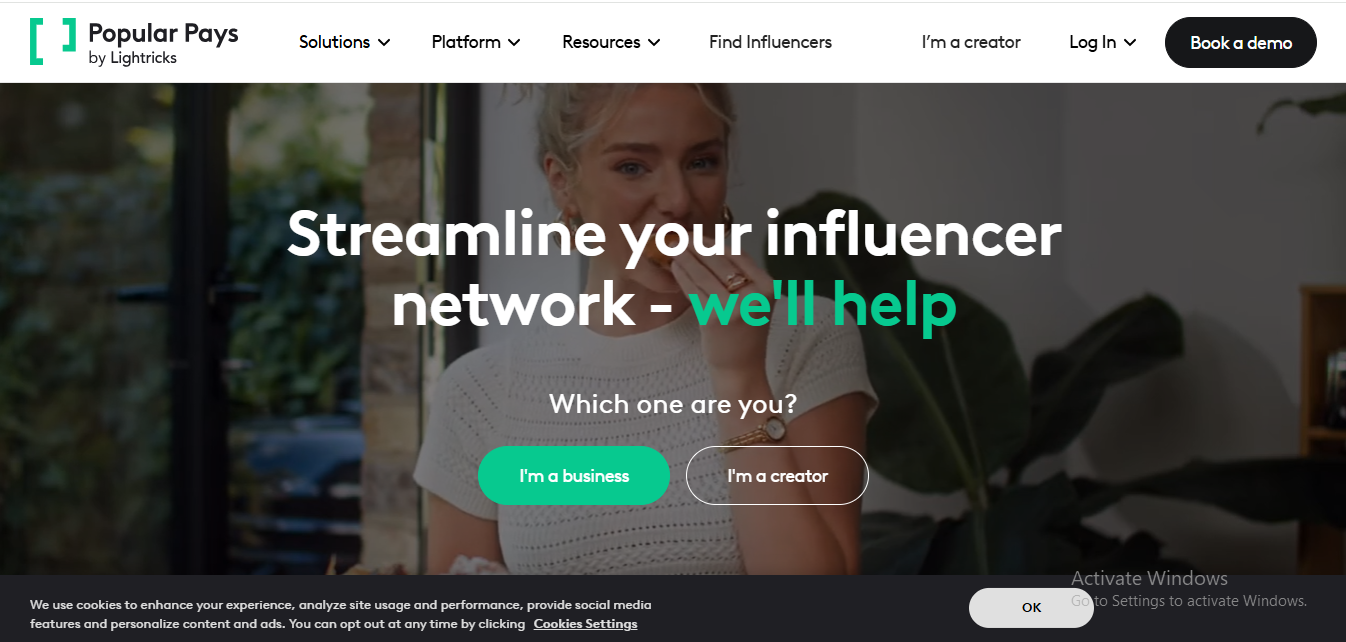
My Take:
Popular Pays gives major content studio vibes. It’s less about managing massive campaigns and more about making sure your content looks ✨chef’s kiss✨. Think of it as the Canva of influencer marketing—slick, creative, and kinda fun.
What I Loved:
-
UGC at scale! If you want a flood of content without micro-managing creators, it slaps.
-
I liked how easy it was to brief creators and get assets back quickly.
-
Also love the integrated approval flow. No back-and-forth mess.
What Bugged Me:
-
Not ideal if you need deep influencer analytics or niche discovery tools.
-
Feels more like a content marketplace than a full influencer CRM.
Pricing:
Mid-tier. Not bad for what you get, especially if you’re mostly after visuals.
Best For:
Marketers who want UGC and branded content on demand, not long-term influencer deals.
9. Collabstr
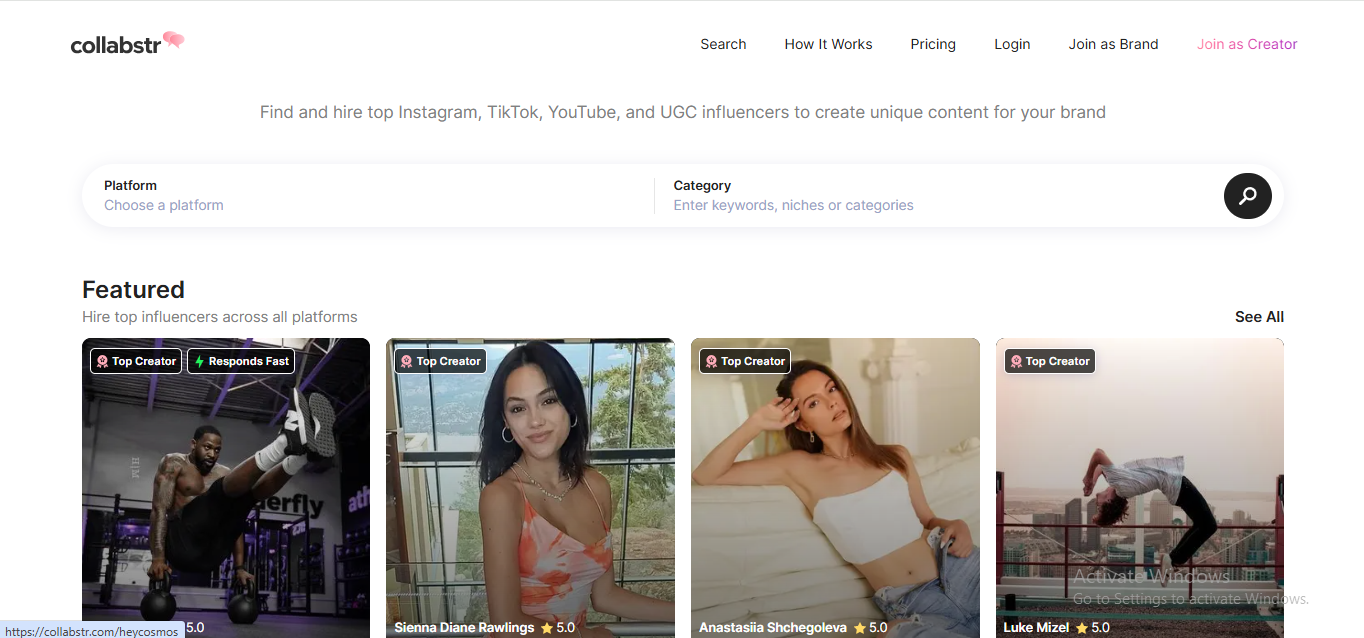
My Take:
Yo, Collabstr is for the side-hustling marketer who wants fast and easy creator hookups. It’s like Fiverr met Instagram and had a baby. Wildly simple and super transparent.
What I Loved:
-
Straight-up marketplace vibes. You see the creator, their rates, and what you get. No guesswork.
-
Loved that creators offer pre-packaged services like “1 IG Reel for $150.”
-
Great if you want to test a new niche or trend without blowing your budget.
What Bugged Me:
-
Feels more transactional than collaborative.
-
Limited campaign tracking tools—you’re kinda on your own post-collab.
Pricing:
Pay-per-creator. Perfect for smaller brands or micro-campaigns.
Best For:
Startups, DTC brands, or solo marketers who want quick influencer wins without monthly fees.
10. Kolsquare
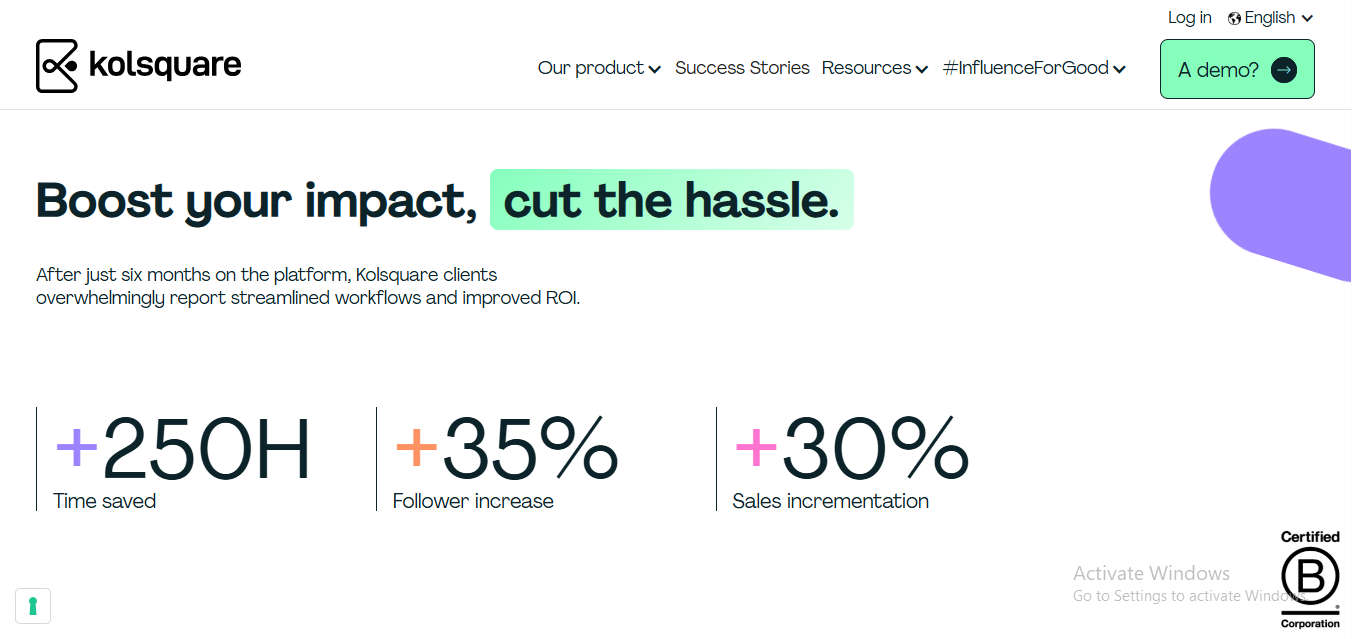
My Take:
Okay okay, we had to include the OG for comparison, right? Kolsquare has a great discovery tool, good analytics, and it’s super Europe-friendly. But TBH, it hasn’t aged like fine wine.
What I Loved:
-
Insane influencer database, esp. in the EU.
-
Clean campaign dashboards and solid influencer contact info.
-
Not bad for mid-size brands trying to scale in Europe.
What Bugged Me:
-
UX is kinda clunky. Like, why do I need 3 clicks to find a basic stat?
-
Didn’t love the onboarding—felt like a puzzle with missing pieces.
Pricing:
SaaS-style monthly plans, middle of the pack.
Best For:
Europe-focused brands or agencies who want a solid database and campaign structure.
11. Captiv8

My Take:
Captiv8 walks in the room like a boss. It’s got all the features—seriously, ALL of them. Discovery, CRM, paid social integration, analytics… it’s like if Salesforce and TikTok had a child with a strong marketing budget.
What I Loved:
-
Cross-platform analytics are chef’s kiss. You see what’s poppin’ on TikTok, IG, and YouTube all in one place.
-
The campaign builder is dope. Very clean, very customizable.
-
Also obsessed with the “lookalike audience” feature. Find creators with the same followers as your faves.
What Bugged Me:
-
It’s easy to get overwhelmed if you’re not used to big dashboards.
-
Some of the advanced stuff (like whitelisting) takes time to learn.
Pricing:
Premium. You’re paying for the Swiss Army knife of influencer tech.
Best For:
Agencies and big brands that need one platform to rule them all.
12. Aspire (formerly AspireIQ)
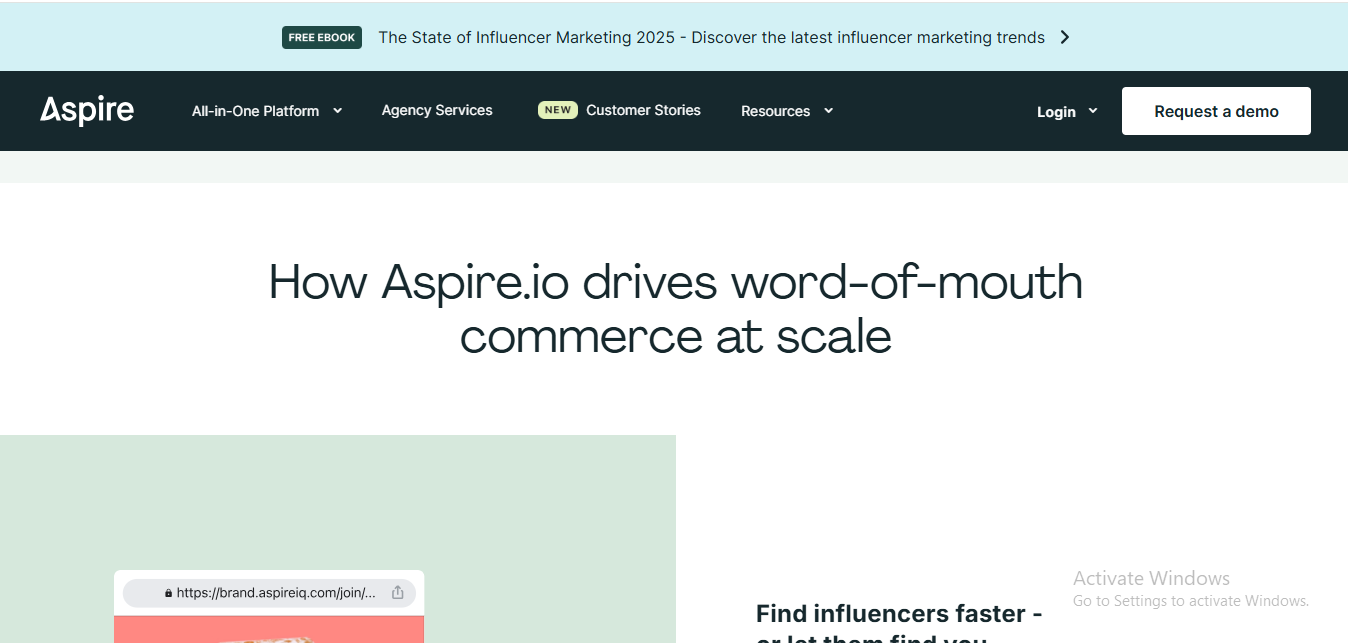
My Take:
Aspire is that cool, reliable platform you just wanna keep coming back to. Think of it like the Spotify of influencer platforms—great UI, easy to navigate, and always improving.
What I Loved:
-
It’s all about relationship building, not just campaigns.
-
Super clean UX. Like, actually fun to use.
-
Creator marketplace + CRM + content management = yes, yes, yes.
What Bugged Me:
-
Sometimes feels like it leans more DTC than enterprise.
-
Discovery tool could use more filters to narrow down results better.
Pricing:
Flexible plans, not cheap but not brutal either.
Best For:
Lifestyle, wellness, beauty brands—especially ones growing fast and want to scale responsibly.
TRIBE
My Take:
TRIBE is that cool kid at the party who’s always vibing with the crowd but somehow has their life together. It’s all about authentic influencer content that doesn’t scream “this is sponsored, duh!”
🔥 What I Loved:
-
It flips the script. Instead of you searching for influencers, they pitch their content to you.
-
Big on UGC and super smart if you’re a lean team that needs creative ASAP.
-
The brief creation tool? Stupid simple. It’s like Tinder for brand content—just swipe through pitches.
😬 What Bugged Me:
-
You lose a bit of control over the creative if you’re a brand with strict guidelines.
-
Also, it’s better for fast-moving B2C brands than slow-cooked luxury campaigns.
💸 Pricing:
They work on a campaign-based pricing model. Fair for SMBs, but can stack up if you’ve got a big appetite for content.
Best For:
DTC, ecommerce, and snackable content brands. Think fashion, beauty, lifestyle, and yes—alcohol (TRIBE has tons of booze collabs 🍸).
Braze
My Take:
So, Braze isn’t strictly an influencer marketing platform—more like a full-blown customer engagement suite. But holy moly, if you’re into big data, personalization, and omnichannel vibes, this one’s a gem.
🔥 What I Loved:
-
Braze is all about sending the right message to the right person at the right time—yes, please.
-
Connects seamlessly with your app, CRM, email, push, and everything in between.
-
Great if you’re using influencer data to drive customer retention and lifecycle marketing.
😬 What Bugged Me:
-
Not built for running influencer campaigns directly. You’ll still need a collab tool on the side.
-
Takes time to set up and fully unlock its powers. Like, Hogwarts-level magic behind the scenes.
💸 Pricing:
Enterprise-level for sure. But if you’re scaling a beast of a brand, it’s worth every penny.
Best For:
Tech-savvy brands, mobile-first teams, or anyone looking to marry their influencer and customer data for long-term love.
15. IZEA
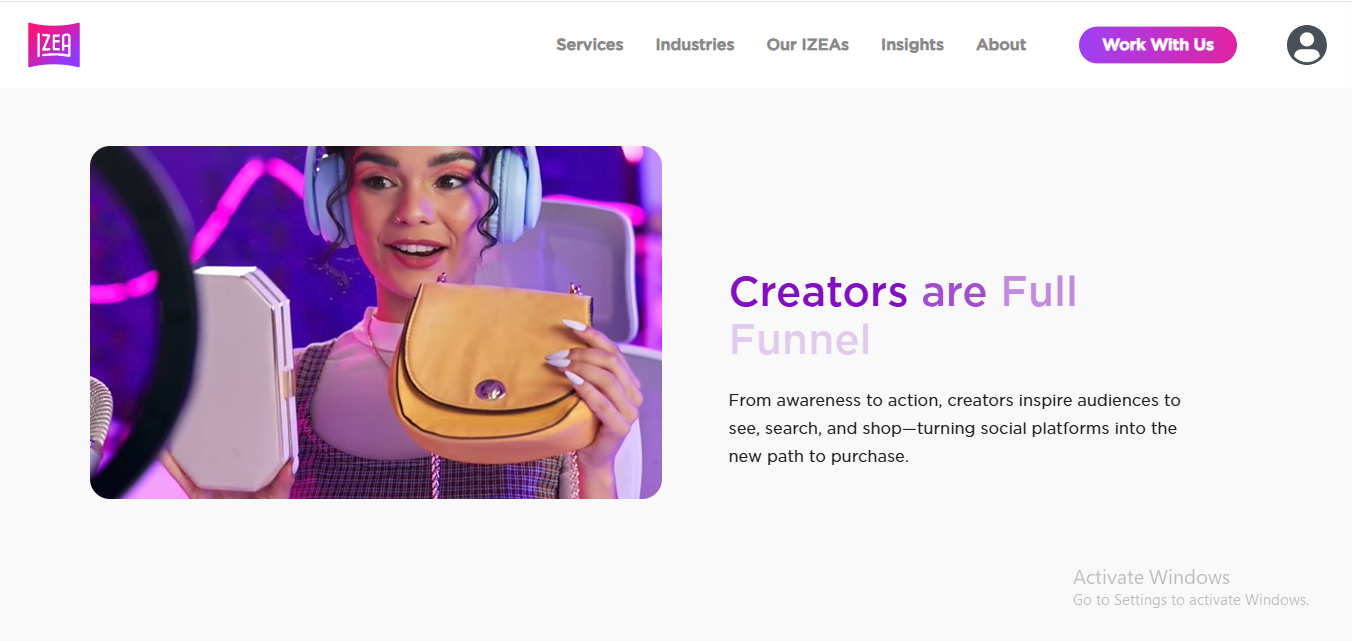
My Take:
IZEA feels like one of the OGs in this space. It’s been around since influencer marketing was still called “blogger outreach.” They’ve definitely evolved—think all-in-one platform meets content marketplace with corporate polish.
What I Loved:
-
Handles everything from influencer discovery to content licensing to paid distribution.
-
Tons of creators across platforms (IG, YouTube, TikTok, even Twitch).
-
You can post “opportunities” and have influencers apply—kinda like influencer job boards.
What Bugged Me:
-
Dashboard feels a little ‘corporate 2018.’ Clean, but not sexy.
-
Some campaign tools take a sec to figure out, especially if you’re soloing it.
Pricing:
Flexible plans, but not dirt cheap. The higher tiers have the juicy features.
Best For:
Agencies and big brands who want more structure and automation. Also great if you wanna dabble in different creator types.
16. Insense
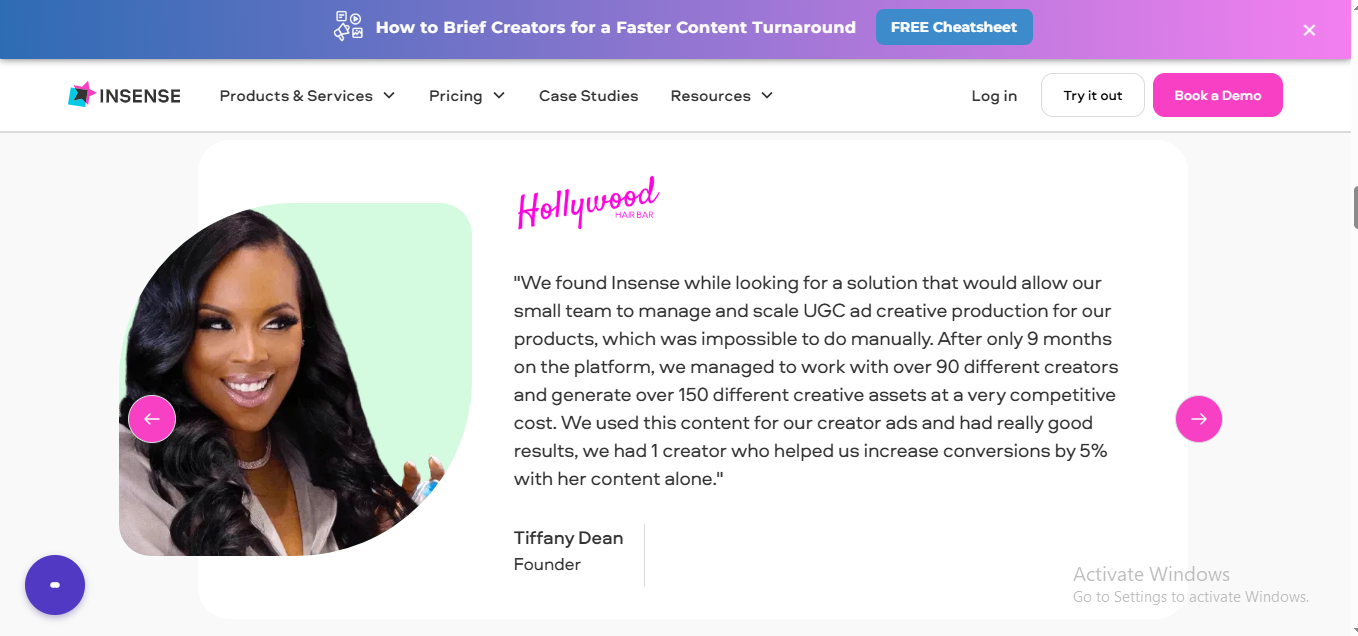
My Take:
Insense is that one scrappy, hustle-core platform you didn’t expect to love—but then it totally comes through. It focuses on short-form video creators (TikTok, IG Reels, YouTube Shorts), which makes it perf for 2025.
What I Loved:
-
Hyper-focused on short-form UGC—the real MVP of 2025 content.
-
Built-in ad integrations let you use creator content in Spark Ads, Meta ads, etc.
-
Super fast turnaround times. Like, content in DAYS not weeks.
What Bugged Me:
-
Discovery can feel limited if you’re looking for niche influencers.
-
It’s content-first, so don’t expect deep CRM or relationship management.
Pricing:
Pay-per-project and subscription plans. Very startup-friendly if you’re running lean.
Best For:
Brands who want TikTok-ready content without breaking the bank. Fast, fun, efficient.
17. influence.co
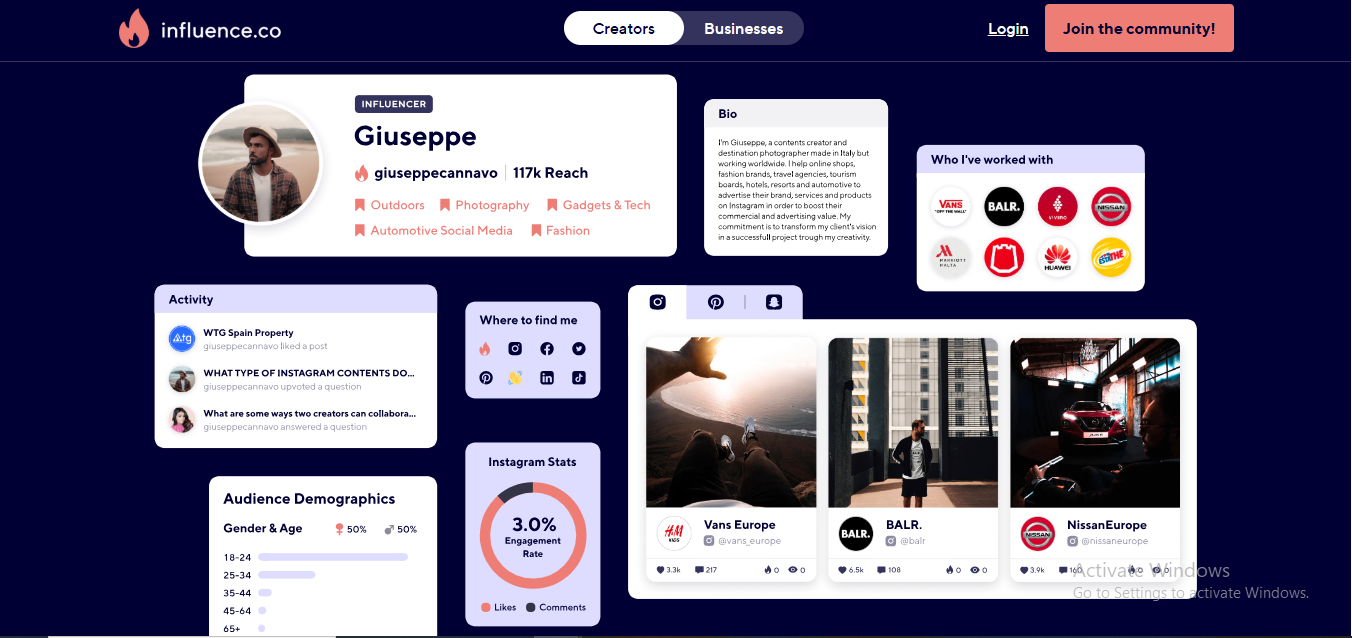
My Take:
influence.co gives LinkedIn vibes, but for creators and marketers. It’s part social network, part influencer marketplace, and it’s honestly kinda underrated.
What I Loved:
-
Creator profiles feel super professional—media kits, portfolio content, and reviews.
-
You can build communities around your brand, kinda like a Facebook Group but prettier.
-
Great for organic collabs and relationship-building (not just one-off gigs).
What Bugged Me:
-
It’s less about campaign automation, more about networking.
-
Might not scale well for brands needing tons of influencer content fast.
Pricing:
Free to join, paid upgrades for campaign and analytics tools. Very fair.
Best For:
Community-driven brands that care about long-term creator relationships.
18. Influencer.com
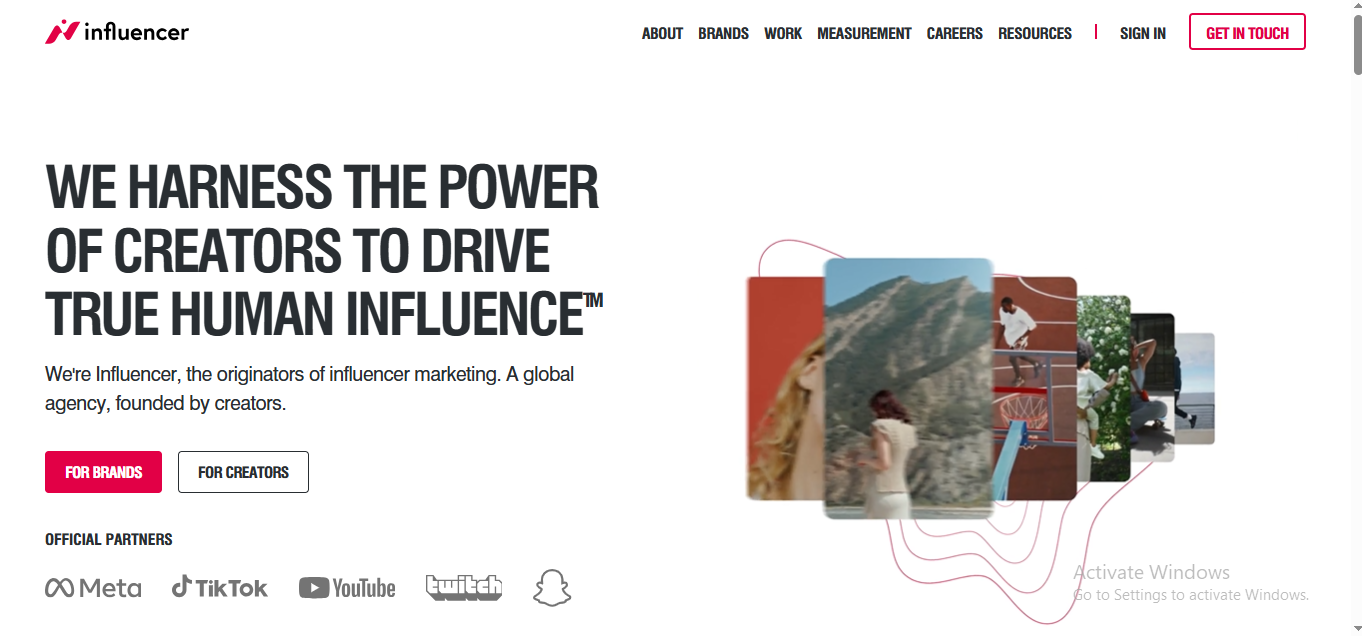
My Take:
Influencer.com is giving agency-meets-tech-platform energy. It’s got those smart dashboards and analytics you love, but with white-glove service on top if you want it.
What I Loved:
-
Their campaign team is if you go the managed route. Very hands-on.
-
The AI-powered matching and analytics are top-tier. No fluff metrics here.
-
Cross-platform tracking = chef’s kiss for full-funnel insights.
What Bugged Me:
-
Not the easiest DIY setup—def shines when you get help from their team.
-
Pricing isn’t transparent. You gotta book a call to get the deets, which can be a vibe kill.
Pricing:
High-touch pricing model. Custom quotes depending on your needs.
Best For:
Big brands or agencies who want strategy + execution + insights all in one.
19. Later

My Take:
Later isn’t just for scheduling pretty Instagram posts anymore—it’s now a full-blown influencer marketing machine. Who knew?
What I Loved:
-
The Creator & Brand Collab tool is slick AF. You can manage influencer relationships and get UGC rolling all in one spot.
-
If you’re already using Later to manage social posts, this just adds more sauce.
-
Loved the interface—clean, colorful, and actually fun to use (rare for these tools, tbh).
What Bugged Me:
-
It’s built with Instagram-first brands in mind, so if you’re more into YouTube or Twitch… meh.
-
Not a deep discovery engine—great for managing, less so for finding new creators.
Pricing:
Affordable for small brands, especially if you’re already using their social tools. Plus, they offer free trials!
Best For:
IG-native brands, small to mid-sized teams, and anyone who hates clunky software.
20. Shout Agency
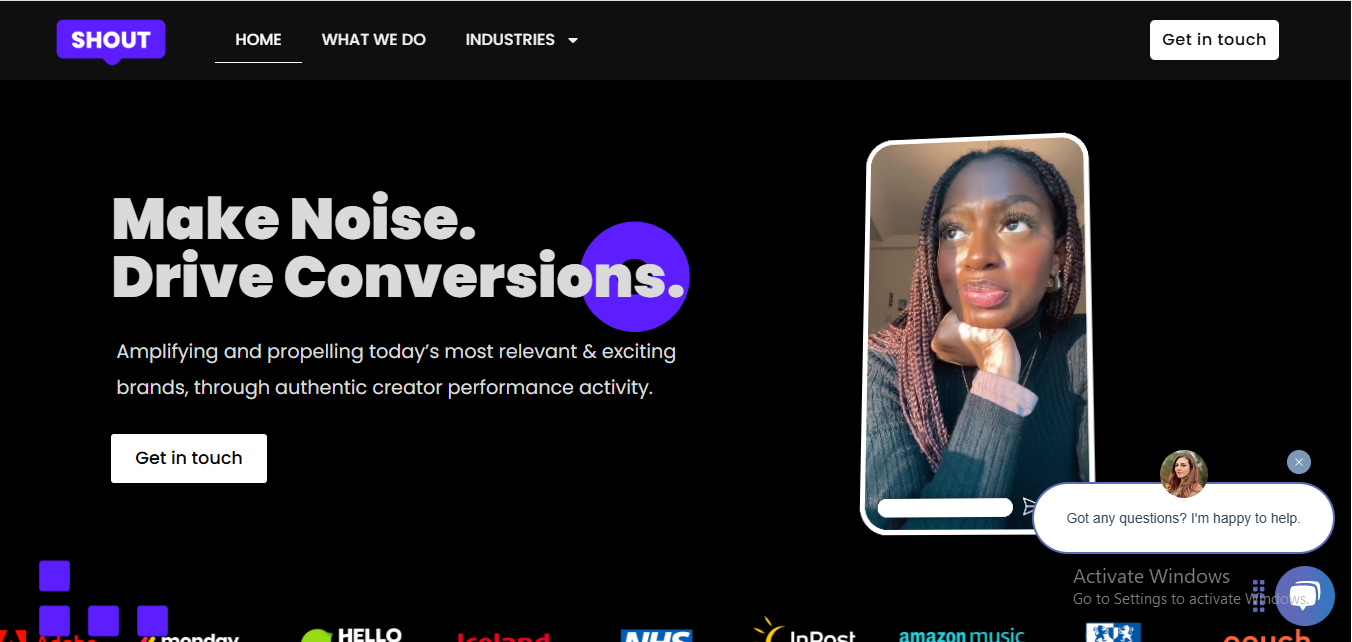
My Take:
Okay, Shout Agency isn’t just a platform—it’s more like hiring a whole influencer marketing squad. You’re paying for brains, not just buttons.
What I Loved:
-
They handle strategy, creator matchmaking, content production—the whole shabang.
-
If you’re tired of running point, this is a clutch option.
-
Their creative work actually slaps. It’s not cookie-cutter, which is rare in this space.
What Bugged Me:
-
Not DIY-friendly at all. If you like to keep control of your campaigns, this might not be your vibe.
-
Custom pricing means you have to hop on a call just to know if it’s in your budget. #Buzzkill
Pricing:
Not cheap. You’re paying for high-touch service and creative direction.
Best For:
Busy brands that need full-service influencer campaigns done for them.
21. Klear
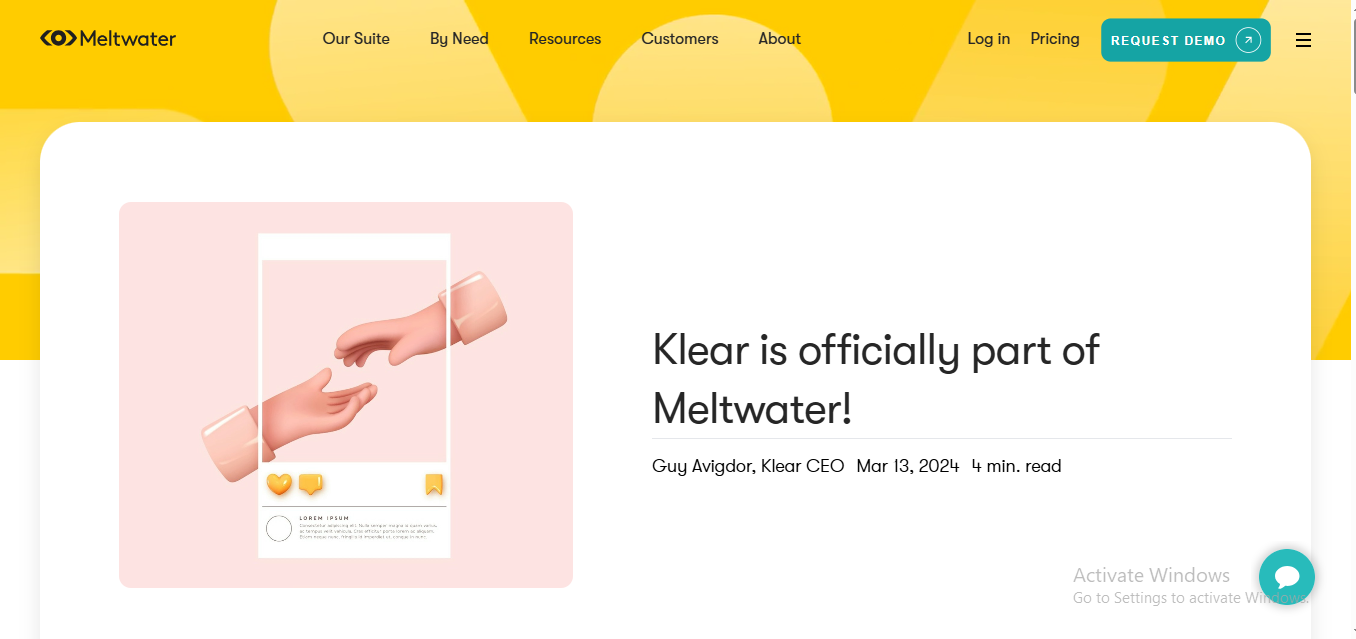
My Take:
Klear has that polished vibe, like a Silicon Valley power suit with AirPods permanently in. This one’s made for serious influencer nerds—and I say that with love.
What I Loved:
-
Hands down one of the best analytics dashboards I’ve ever seen. Real-time ROI, audience authenticity, engagement rates—the works.
-
Influencer search is DEEP. Filters for days.
-
You can manage, track, and even pay creators without leaving the platform.
What Bugged Me:
-
It feels a bit “enterprise-y.” Lots of features, but you might get lost in the sauce if you’re a one-person team.
-
The vibe’s more B2B than BFF.
Pricing:
Enterprise-level, but you get what you pay for. Big brand energy.
Best For:
Agencies and teams that want full data visibility and scalable campaign tools.
22. Brandbassador

My Take:
Brandbassador is basically an influencer meets affiliate meets loyalty program Franken-baby—and weirdly, it works!
What I Loved:
-
You can turn regular customers into micro-influencers (they call them “ambassadors”).
-
Loads of “missions” you can set up—post a selfie, write a review, share on socials—for rewards or cash.
-
Great gamification. You’re not just doing influencer work; you’re building a fan army.
What Bugged Me:
-
Not super focused on high-tier creators or campaign storytelling.
-
The UI feels a tiny bit dated. Not ugly, just… 2017.
Pricing:
Fair pricing and scalable for small businesses. They cater to ecommerce and indie brands.
Best For:
DTC brands that love grassroots marketing and want to turn customers into content machines.
23. Shout UGC
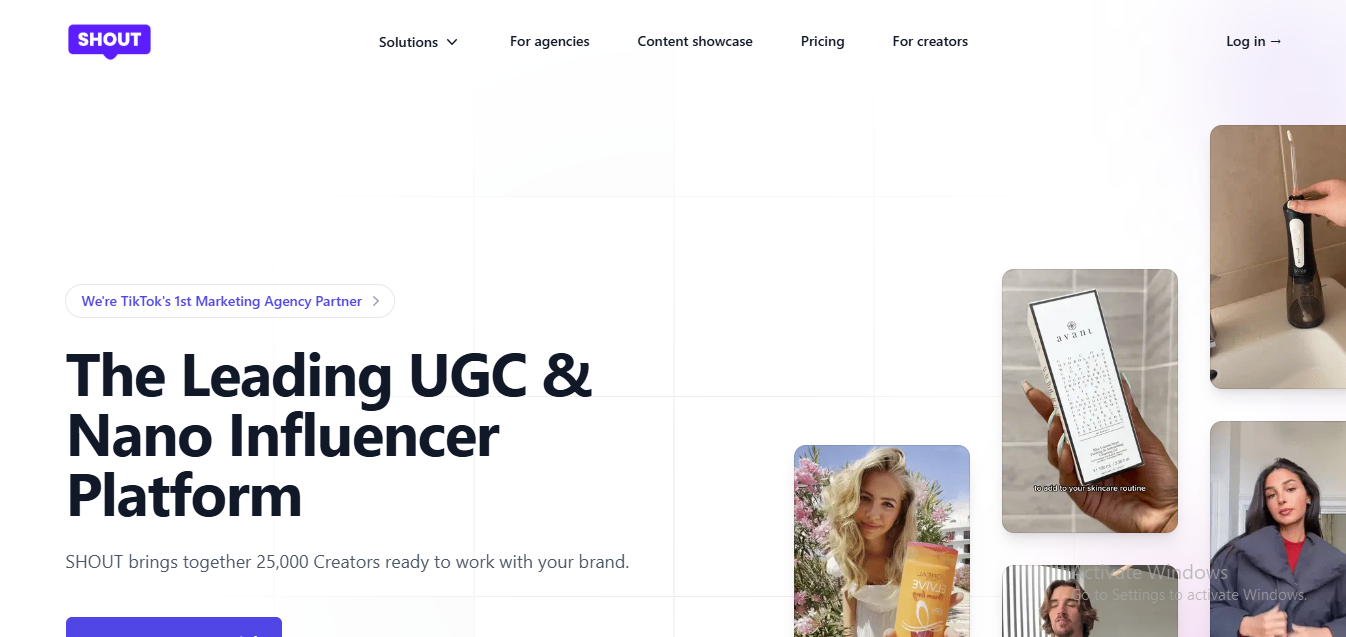
My Take:
Shout UGC is all about UGC (duh) and turning your average phone-scrolling customer into a content-making machine. And not just any content—I’m talkin’ scroll-stopping, high-converting stuff.
What I Loved:
-
Their creator marketplace is curated, and I mean actually curated—not just “we scraped Instagram.”
-
Quick delivery times and solid usage rights baked in.
-
Content feels natural but polished. Perfect for ads.
What Bugged Me:
-
Discovery tools are pretty limited—more about executing briefs than finding your next brand ambassador.
-
No deep campaign tracking or CRM-style tools.
Pricing:
Affordable for what it is—great entry point for brands new to UGC.
Best For:
Brands that want TikTok- or Instagram-ready content yesterday. Not for long-term influencer strategy though.
24. CreatorIQ
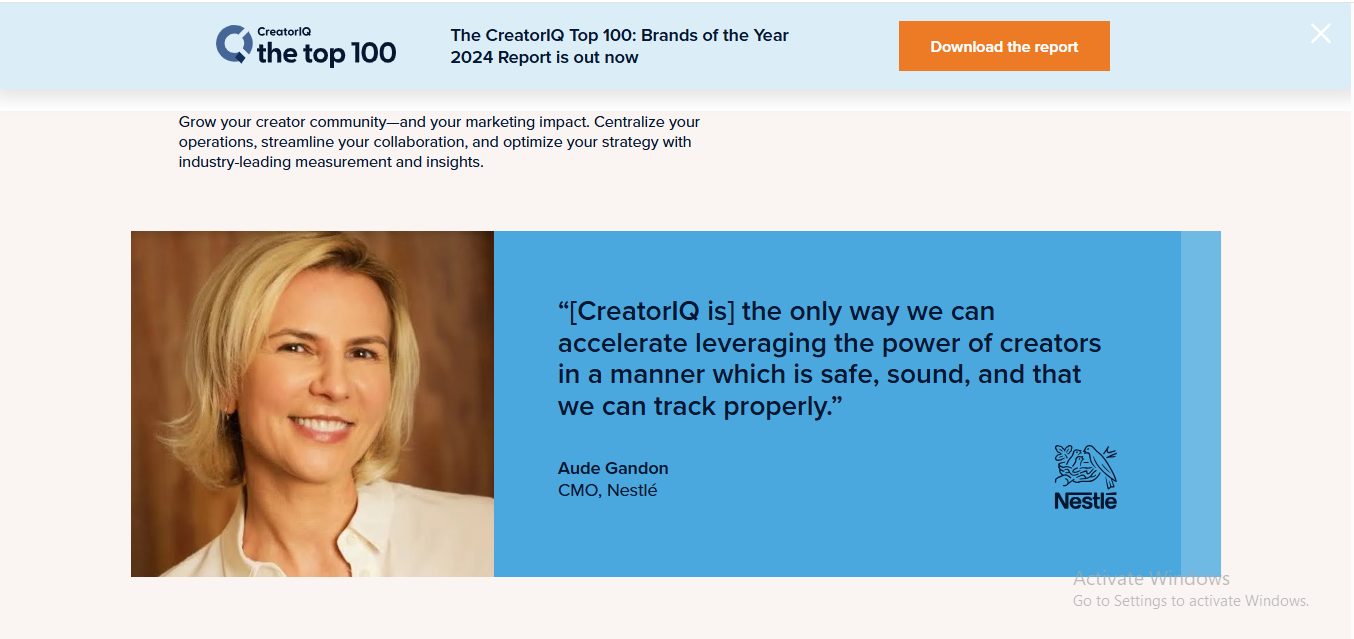
My Take:
CreatorIQ is the Beyoncé of influencer marketing platforms. Like… it’s got range, it’s got power, and it knows it’s good.
What I Loved:
-
Wildly advanced data and reporting. Like, you could run an influencer campaign from NASA with this thing.
-
Works beautifully for brands managing hundreds of creators.
-
API integrations out the wazoo. Very enterprise-ready.
What Bugged Me:
-
Definitely not beginner-friendly. If you don’t know your CPM from your CTR, CreatorIQ might feel like you just walked into Calculus class on the first day.
-
Setup and onboarding take time.
Pricing:
Not for the budget-conscious. But if you’re playing in the big leagues, it’s worth every cent.
Best For:
Fortune 500s, global agencies, and brands managing multi-market influencer ops.
25. InfluencerMarketing.ai
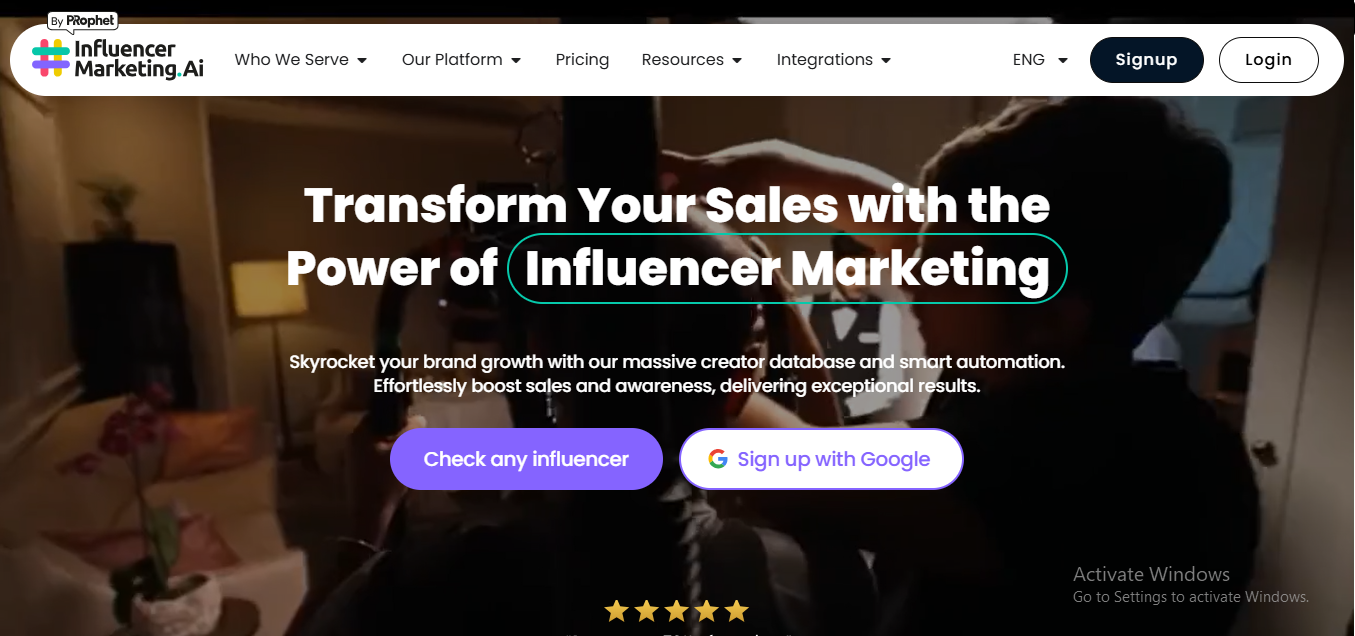
My Take:
This one came outta nowhere like an indie artist who just charted on Spotify. It’s not a household name yet, but wow—it punches above its weight.
What I Loved:
-
The AI discovery engine is actually fire. You can find influencers by niche, location, audience size—pretty much everything short of their Starbucks order.
-
Real-time analytics with charts that don’t make your eyes bleed.
-
Also has influencer outreach tools built-in. One less tab to open. Bless.
What Bugged Me:
-
The UI isn’t the most intuitive. Took me a hot sec to get my bearings.
-
It tries to be all-in-one but doesn’t quite nail the execution like the bigger platforms.
Pricing:
Pretty budget-friendly for what you’re getting. Great for startups and agencies still building their client base.
Best For:
Bootstrapped marketers or indie brands who want AI-powered insights without the “Fortune 500” price tag.
26. Traackr

My Take:
Traackr is like that professor who’s super smart but talks in data sets and never cracks a smile. It’s all brains, minimal fluff.
What I Loved:
-
Probably the best influence measurement tools I’ve ever seen. You get down to ROI, EMV (earned media value), audience quality, and performance across platforms.
-
Helps with budget planning, campaign performance, AND even compliance tracking.
-
Brands with strict KPIs? This platform eats.
What Bugged Me:
-
Very analytics-heavy, not super creative-friendly. Definitely not the tool for casual creators or brands just vibin’.
-
UI’s a little dry, kinda like reading a PDF textbook.
Pricing:
Enterprise-level, no surprise there. This tool’s made for brands that love charts more than memes.
Best For:
Big brands with huge influencer budgets and data-driven goals (think skincare giants or tech brands).
27. Upfluence
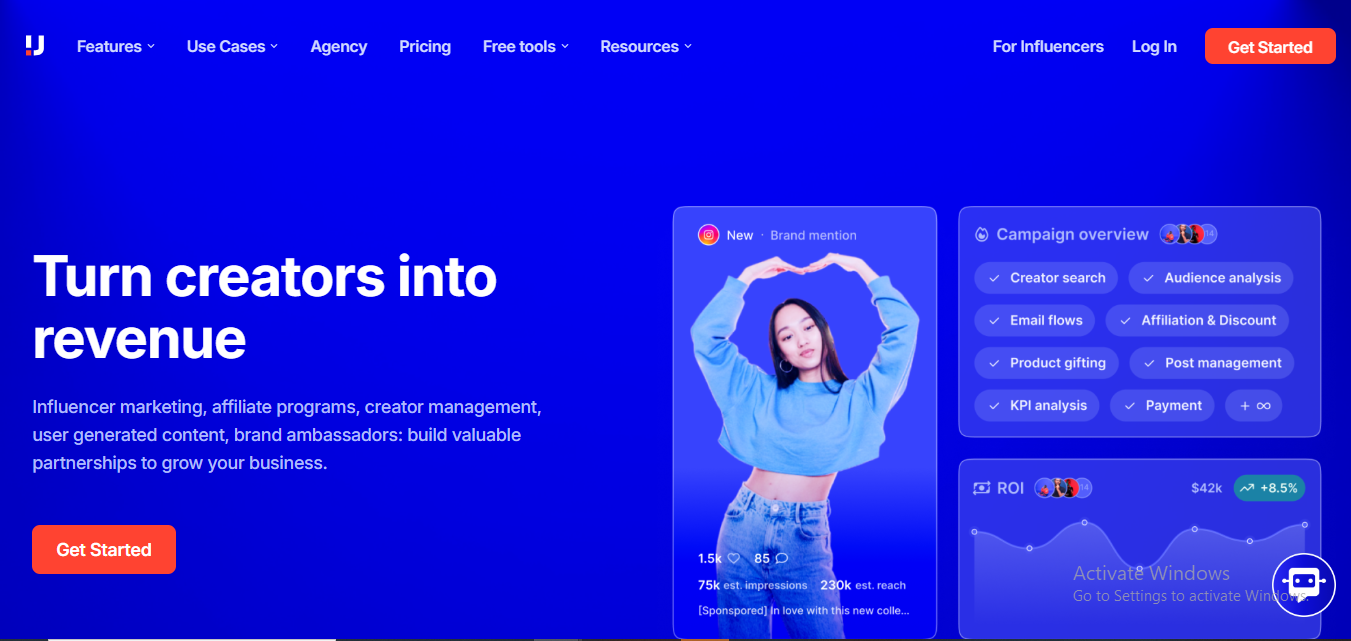
My Take:
This one’s been around a minute, and you can tell—they’ve really polished up the tool. It’s a whole influencer CRM, not just a discovery engine.
What I Loved:
-
Love the influencer database filtering. You can get suuuuuper niche—like “vegan fitness creators in Berlin with 3-10K followers.”
-
E-comm integration is top-notch. Syncs with Shopify, WooCommerce, etc., so you can actually track sales per creator.
-
Automated outreach = chef’s kiss. Major time saver.
What Bugged Me:
-
Can be a lil’ buggy with syncing tools or integrations.
-
You’ve gotta be ready to commit time for onboarding—there’s a learning curve.
Pricing:
Not dirt cheap, but not CreatorIQ pricing either. Mid-tier, and worth it if you’re managing more than a handful of campaigns per month.
Best For:
DTC brands that live and breathe e-comm metrics and want trackable ROI with less manual hustle.
28. Meltwater

My Take:
Meltwater feels like the godfather of media monitoring stepped into the influencer space. It’s corporate. It’s classy. And it’s kinda extra.
What I Loved:
-
You get more than influencer stuff—it’s a full-on PR + media monitoring suite.
-
If you care about earned media, press coverage, AND influencers? Meltwater does all of it.
-
Super detailed dashboards and alert systems. Great for tracking brand mentions globally.
What Bugged Me:
-
Not an influencer-first platform, so it feels clunky for just running a creator campaign.
-
Expensive. Like, boardroom-presentation expensive.
Pricing:
Big-boy pricing. Great value if you need the full media suite. Total overkill if you’re just looking for influencer collabs.
Best For:
Global brands doing influencer + PR in one go, or big agencies reppin’ multiple channels.
29. The Social Cat

My Take:
Okay, cutest name award goes to The Social Cat. And honestly? This platform is paws-itively fun. (Sorry. Had to.)
What I Loved:
-
Caters specifically to micro-influencers and small brands. Love that.
-
The platform matches brands and creators Tinder-style—no spreadsheets, no stress.
-
Campaigns are super casual and content-focused. Ideal for UGC.
What Bugged Me:
-
Limited to U.S. creators (for now), so if you’re a global brand, you’re outta luck.
-
Doesn’t do analytics or deep campaign tracking. It’s all vibes, no spreadsheets.
Pricing:
Very affordable. Like, startup-affordable. You can test UGC without selling your kidneys.
Best For:
Small businesses and indie brands who want authentic content without the influencer drama.
- Best Datanyze Alternatives for 2025 - April 24, 2025
- Best Hunter.io Alternatives for 2025 - April 22, 2025
- Best Lead411 Alternatives for 2025 - April 22, 2025




